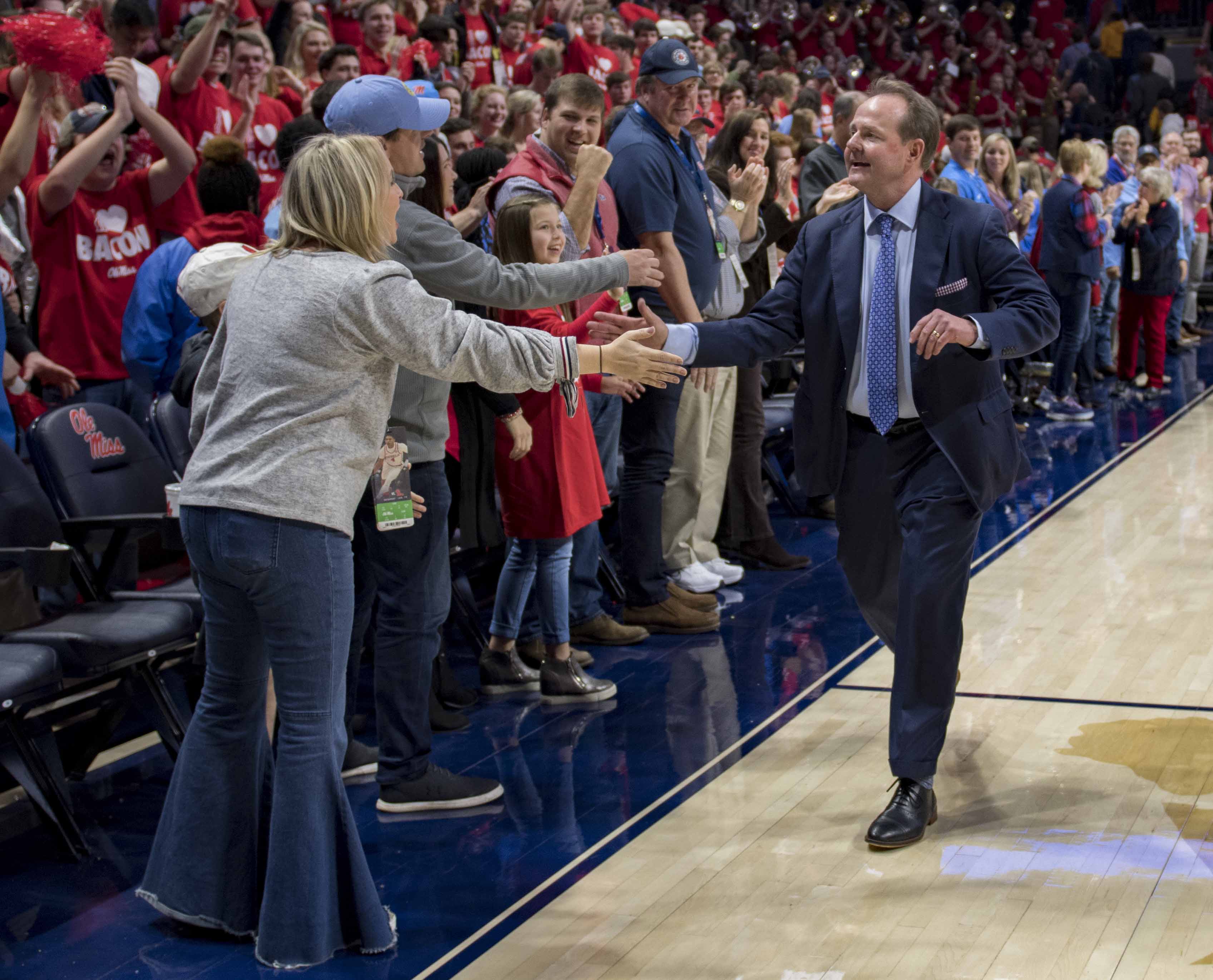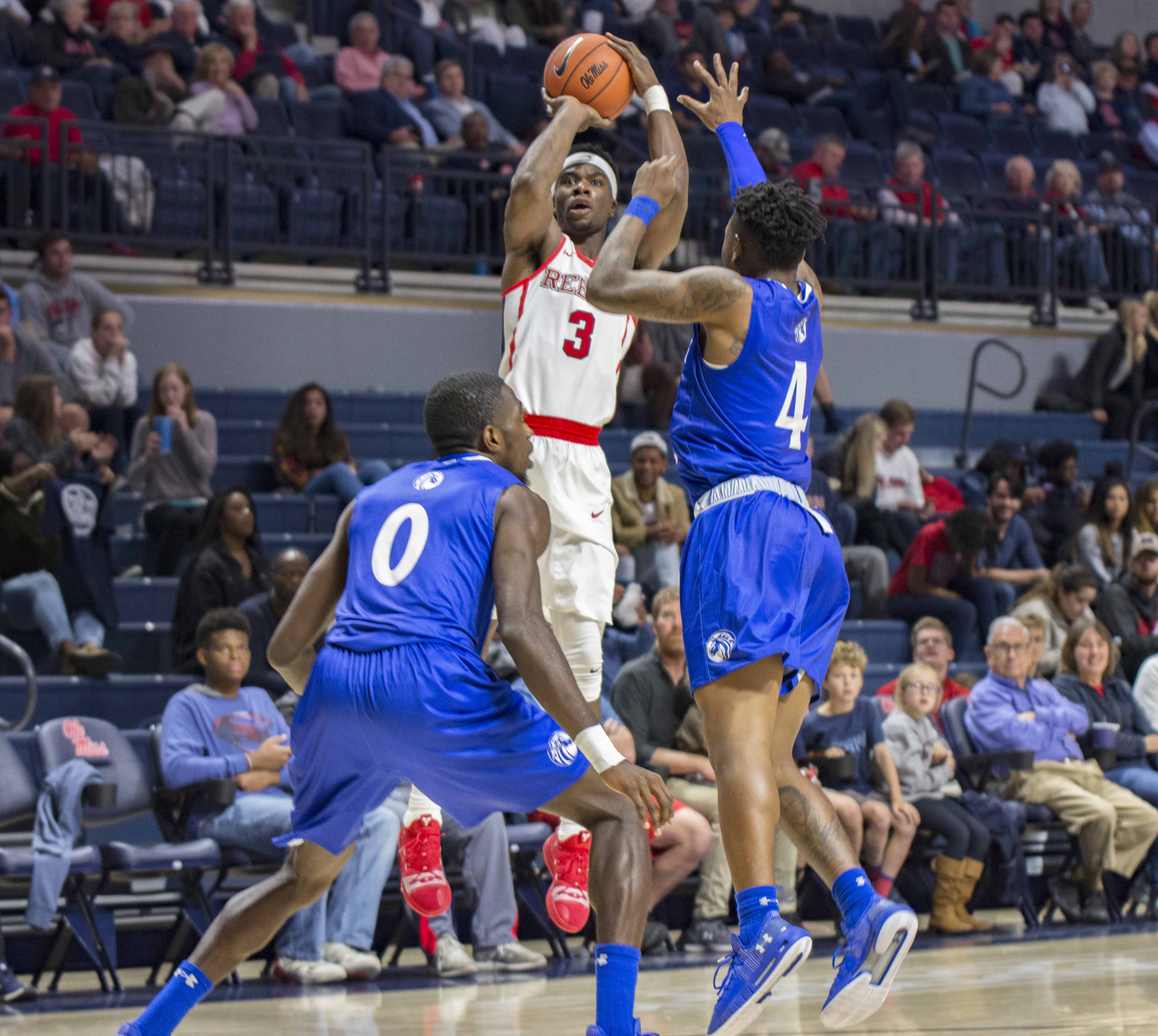
Journal club meetings are a common practice in higher scientific institutions and are for reviewing and discussing recent scientific publications. The BioMolecular Sciences Student Advocates, a graduate student organization at the University of Mississippi, resumed their journal club meetings Sept. 14 after the organization took a short hiatus.
Currently, the journal club meetings have a particular focus — studying scientific publications from non-UM scholars. BioMolecular Sciences Student Advocates President Amelia Craze is a fourth year doctoral candidate in environmental toxicology under the School of Pharmacy. She believes that including the perspectives of a variety of researchers is beneficial to the journal club.
“This (journal club meeting) is a peer reviewed study. We’re presenting on what their research is before they come, so that students can be more engaged with our speakers,” Craze said.
Craze also explains that journal club meetings are an opportunity for students to hear from other fields.
“Journal club is a time for students to talk about current literature. Our department is made up of four different organizations. So, it’s a time for people to learn more about these other sections in our department,” Craze said.
For the first journal club meeting of the semester, Tareq Saquib, a second year research assistant in the Department of Pharmacology, presented a publication titled “Spatiotemporal Control of Noradrenaline-Dependent Synaptic Transmission in Mouse Dorsal Raphe Serotonin Neurons” by Professor Stephanie C. Gantz.
While preparing for this presentation and discussion among peers, Saquib was able to learn and understand all the scientific processes in this publication from someone else’s perspective.
“After reading this article, and when I prepared this presentation, I got to know about the methods which are pretty common in neuroscience and in other fields of research, mostly in life science,” Saquib said. “And then I also learned about the experimental design and how the professor approached it and why they did it, how they developed the hypotheses and how they executed an experiment.”
Even though journal club meetings are an opportunity to discuss current scientific publications, they also are an opportunity to improve one’s own research process and thinking.
“It’s important because a lot of times you get caught up in your own topic area,” Shayla Victoria, a third year doctoral student in environmental toxicology and the journal club chair, said. “There are things you learn from neuroscience, even if you’re not a neuroscientist, that can help you in your own research. And so it’s important that we all see a diverse range of research. Also, continuing to discuss scientific principles altogether is really important.”
The BioMolecular Sciences Student Advocates have activities other than journal club meetings. They also provide social events, skills workshops and service projects, all to build a community for a diverse group of students. Although it is common for graduate students to participate, Craze encourages undergraduates to participate in this organization if they are interested.
“Even though we are technically a graduate student organization, any undergraduate students who might be interested in pursuing a graduate degree are more than welcome to come to our events,” Craze said.
















